On 19th March 1912 Motor Cycling magazine announced, ‘the present demand for passenger machines has encouraged that well-known member of the motorcycle trade, Mr W Williamson, to place on the market under his own name an 8hp two-speed side-car combination. Two models are made, one being fitted with an 8hp water-cooled engine and the other with an air-cooled motor.’ The aforementioned Mr Williamson was indeed no stranger to the world of motor manufacturing, having founded the Rex concern in Birmingham in 1899 together with his brother, Harold. Rex began by building motor cars before branching out into motorcycle making in 1900, by which time the firm had relocated to Coventry. When the Williamson brothers were ousted from Rex in 1911, Harold became sales manager at Singer while William started his own eponymously named make of motorcycle. Motor Cycling reported that the new Williamsons were powered by horizontally opposed, twin-cylinder Douglas engines with heavy external flywheel, quoting cylinder dimensions as 85x85mm bore/stroke (for a capacity of 965cc); interestingly, the air-cooled and water-cooled engines were interchangeable. It is believed that the air-cooled machines were used primarily for racing. In his book, The Douglas Motorcycle, Jeff Clew describes the Williamson thus: ‘The water-cooled version depended on the thermo-syphon principle for water circulation, using two large honeycomb radiators mounted across the front down tubes of the duplex frame, on each side of the petrol tank. Starting was effected by means of a crank resembling a car starting handle, that engaged with the engine mainshaft through an aperture in the timing cover. Although the complete machine was very much larger than the Douglas, to which its ancestry was apparent, the overall weight had been kept to approximately two hundred and fifty pounds.’ The Douglas engine and gearbox were mounted in a duplex frame with a facility to slide the gearbox along the double tubes to take up slack in the chain. A two-speed transmission was employed, gear changing being effected by means of dog-clutches and a lever on the top tube. Motor Cycling noted particularly the ‘luxurious aluminium-covered footboards’. Williamson motorcycles remained in production until 1920, latterly with v-twin engines supplied by JAP. This rare survivor of a little known marque comes with documentation to include two Pioneer Certificates, issued in 1978 and 2000 respectively, the earliest recording the owner at that time as Mr T E Body, of Chapel Allerton, Somerset. Also on file is a (copy) dating certificate issued in March 1983 by the South African Veteran & Vintage Association recording the then owner as Harry W Shutler, of Johannesburg. Brian Verrall acquired the Williamson from Michael Gluckman, of Hampstead Garden Suburb, London in February 2003. ‘FH 540’ retains its original registration number but the current Swansea V5C document records the date of first registration as 12th January 2001 (when Mr Gluckman acquired the machine) and thus it is not presently classed as an Historic Vehicle. However, we are advised that the date of manufacture is recorded as 1912 on the DVLA computer and so it should be possible to effect the necessary changes. Presented in restored condition, this most handsome Veteran motorcycle combination is offered with the aforementioned documentation, (copy) Williamson brochures/instruction books; hand written operating instructions; assorted correspondence; copy and old-style V5 documents and a quantity of photographs. Courtesy of Bonhams and The Sunbeam Motor Cycle Club, complimentary inclusion in the 71st Pioneer Run for Veteran Motorcycles is included with this Lot. The Run takes place on the 22 March 2009.
On 19th March 1912 Motor Cycling magazine announced, ‘the present demand for passenger machines has encouraged that well-known member of the motorcycle trade, Mr W Williamson, to place on the market under his own name an 8hp two-speed side-car combination. Two models are made, one being fitted with an 8hp water-cooled engine and the other with an air-cooled motor.’ The aforementioned Mr Williamson was indeed no stranger to the world of motor manufacturing, having founded the Rex concern in Birmingham in 1899 together with his brother, Harold. Rex began by building motor cars before branching out into motorcycle making in 1900, by which time the firm had relocated to Coventry. When the Williamson brothers were ousted from Rex in 1911, Harold became sales manager at Singer while William started his own eponymously named make of motorcycle. Motor Cycling reported that the new Williamsons were powered by horizontally opposed, twin-cylinder Douglas engines with heavy external flywheel, quoting cylinder dimensions as 85x85mm bore/stroke (for a capacity of 965cc); interestingly, the air-cooled and water-cooled engines were interchangeable. It is believed that the air-cooled machines were used primarily for racing. In his book, The Douglas Motorcycle, Jeff Clew describes the Williamson thus: ‘The water-cooled version depended on the thermo-syphon principle for water circulation, using two large honeycomb radiators mounted across the front down tubes of the duplex frame, on each side of the petrol tank. Starting was effected by means of a crank resembling a car starting handle, that engaged with the engine mainshaft through an aperture in the timing cover. Although the complete machine was very much larger than the Douglas, to which its ancestry was apparent, the overall weight had been kept to approximately two hundred and fifty pounds.’ The Douglas engine and gearbox were mounted in a duplex frame with a facility to slide the gearbox along the double tubes to take up slack in the chain. A two-speed transmission was employed, gear changing being effected by means of dog-clutches and a lever on the top tube. Motor Cycling noted particularly the ‘luxurious aluminium-covered footboards’. Williamson motorcycles remained in production until 1920, latterly with v-twin engines supplied by JAP. This rare survivor of a little known marque comes with documentation to include two Pioneer Certificates, issued in 1978 and 2000 respectively, the earliest recording the owner at that time as Mr T E Body, of Chapel Allerton, Somerset. Also on file is a (copy) dating certificate issued in March 1983 by the South African Veteran & Vintage Association recording the then owner as Harry W Shutler, of Johannesburg. Brian Verrall acquired the Williamson from Michael Gluckman, of Hampstead Garden Suburb, London in February 2003. ‘FH 540’ retains its original registration number but the current Swansea V5C document records the date of first registration as 12th January 2001 (when Mr Gluckman acquired the machine) and thus it is not presently classed as an Historic Vehicle. However, we are advised that the date of manufacture is recorded as 1912 on the DVLA computer and so it should be possible to effect the necessary changes. Presented in restored condition, this most handsome Veteran motorcycle combination is offered with the aforementioned documentation, (copy) Williamson brochures/instruction books; hand written operating instructions; assorted correspondence; copy and old-style V5 documents and a quantity of photographs. Courtesy of Bonhams and The Sunbeam Motor Cycle Club, complimentary inclusion in the 71st Pioneer Run for Veteran Motorcycles is included with this Lot. The Run takes place on the 22 March 2009.
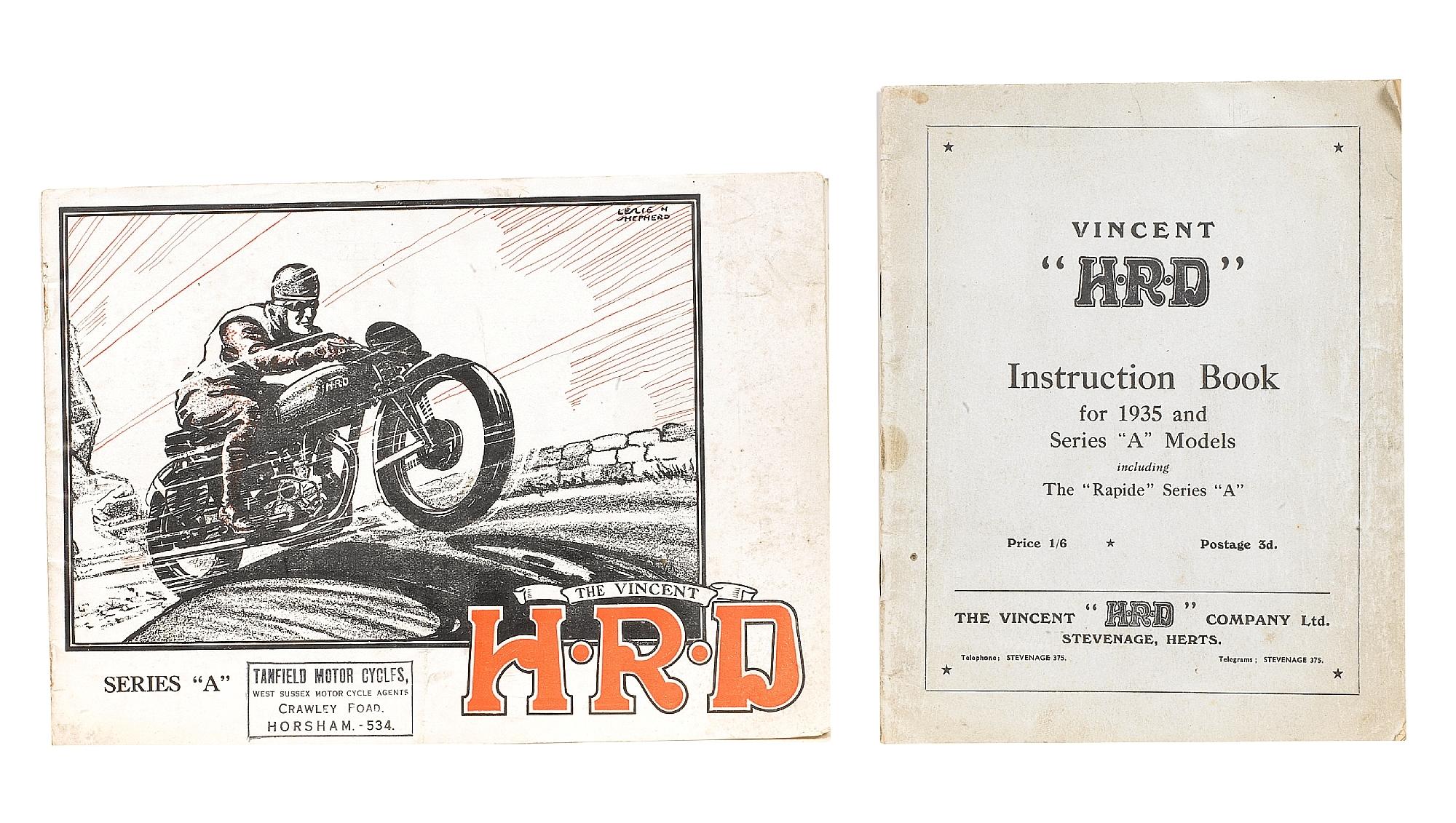
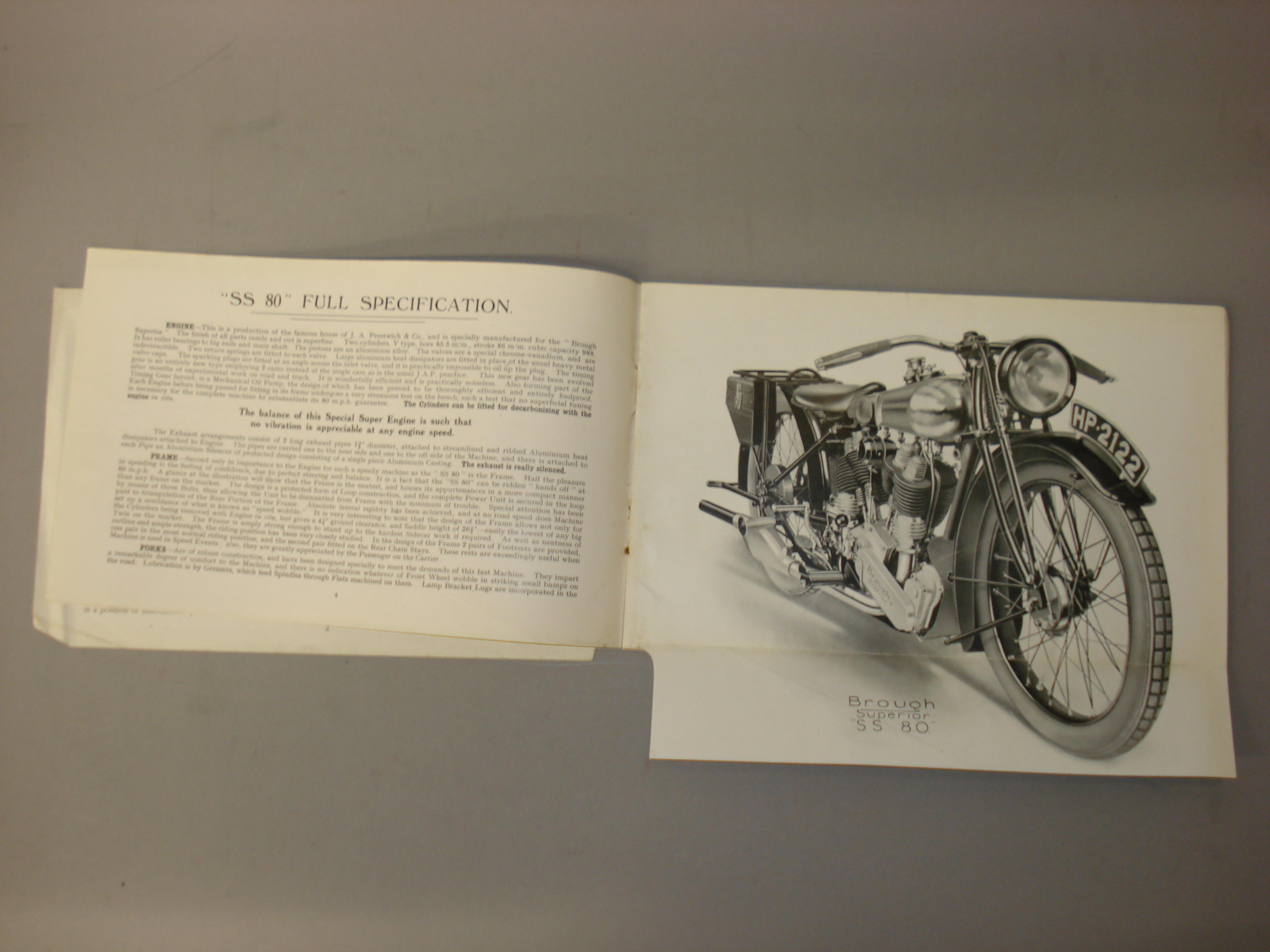
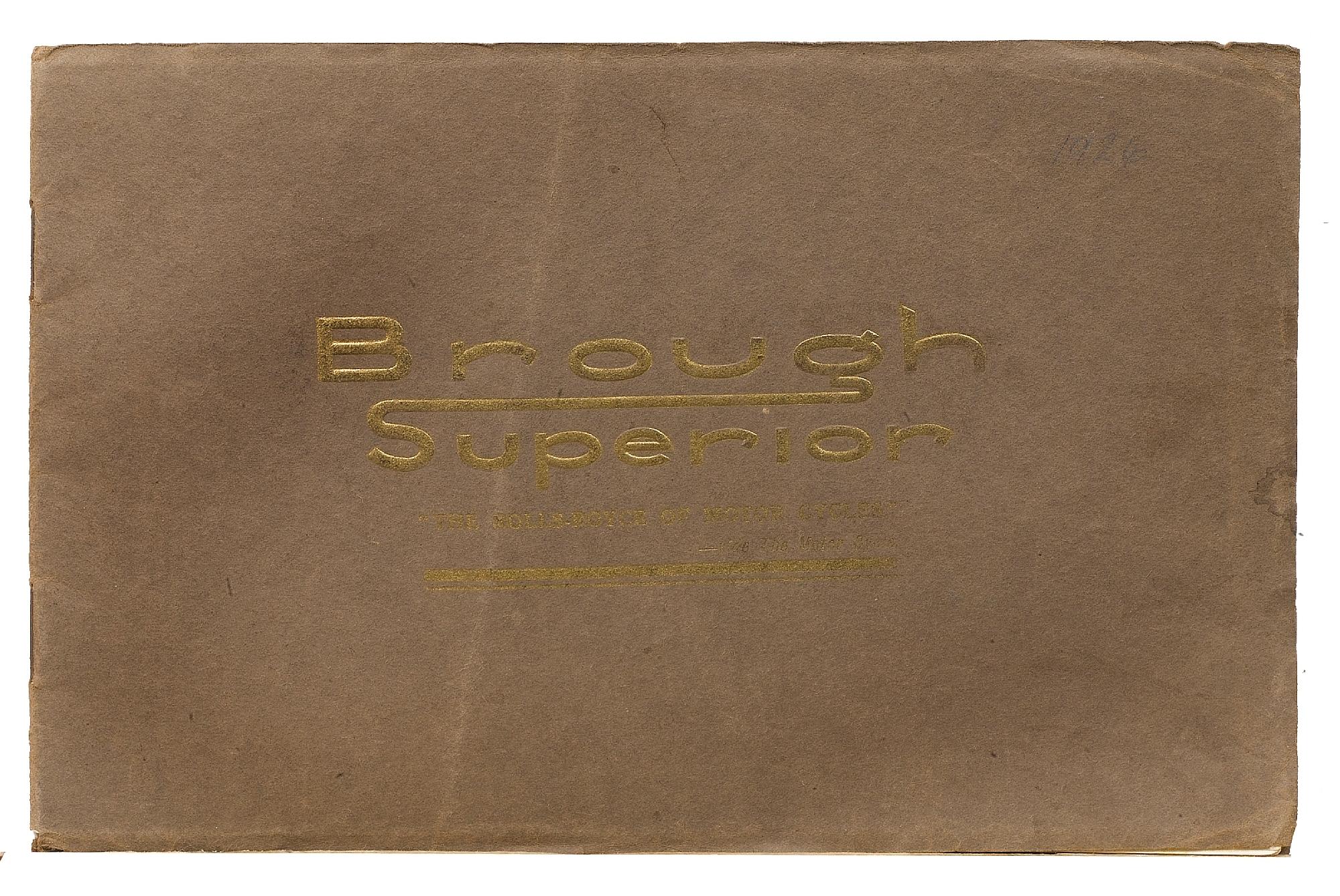
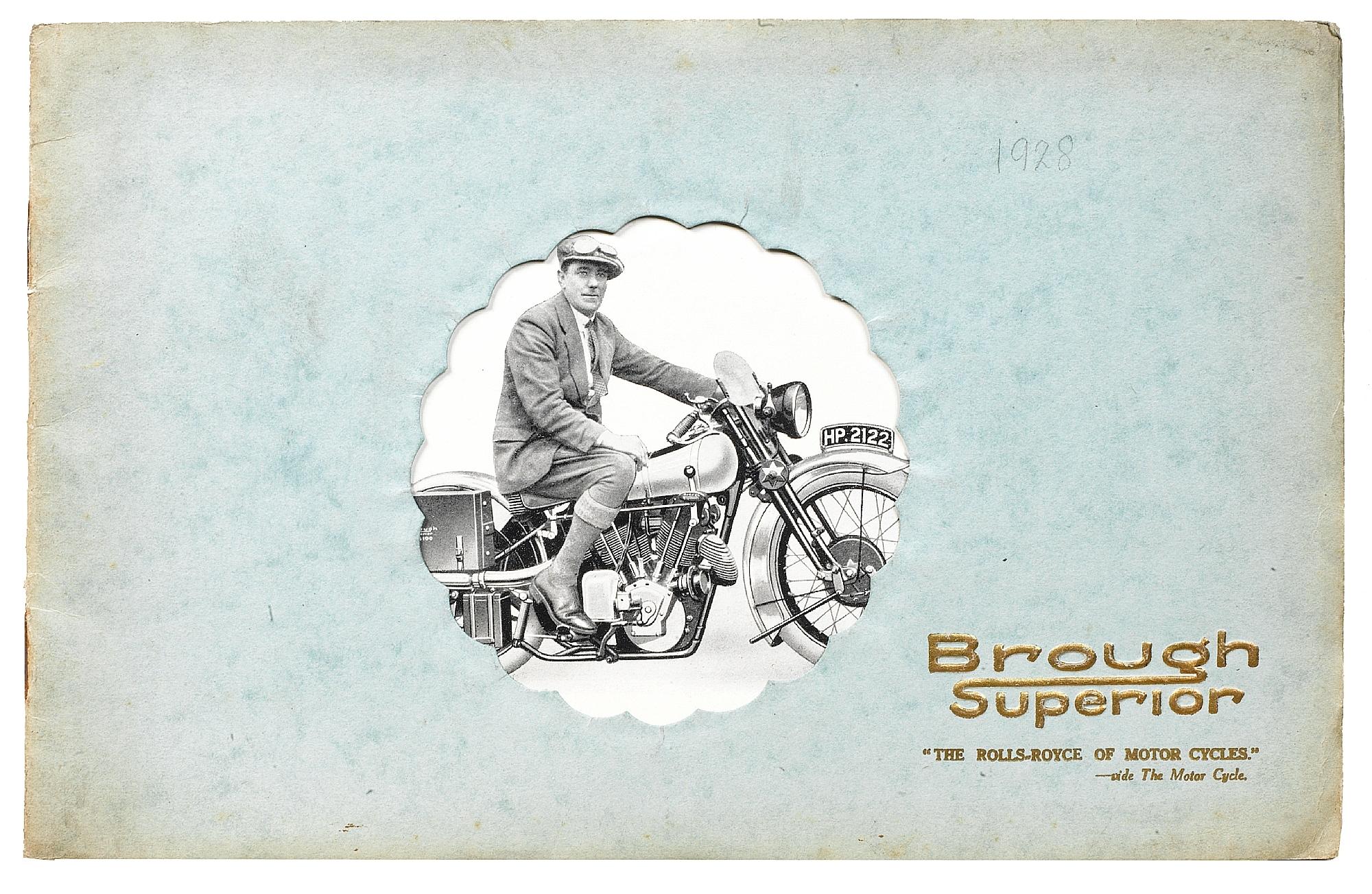
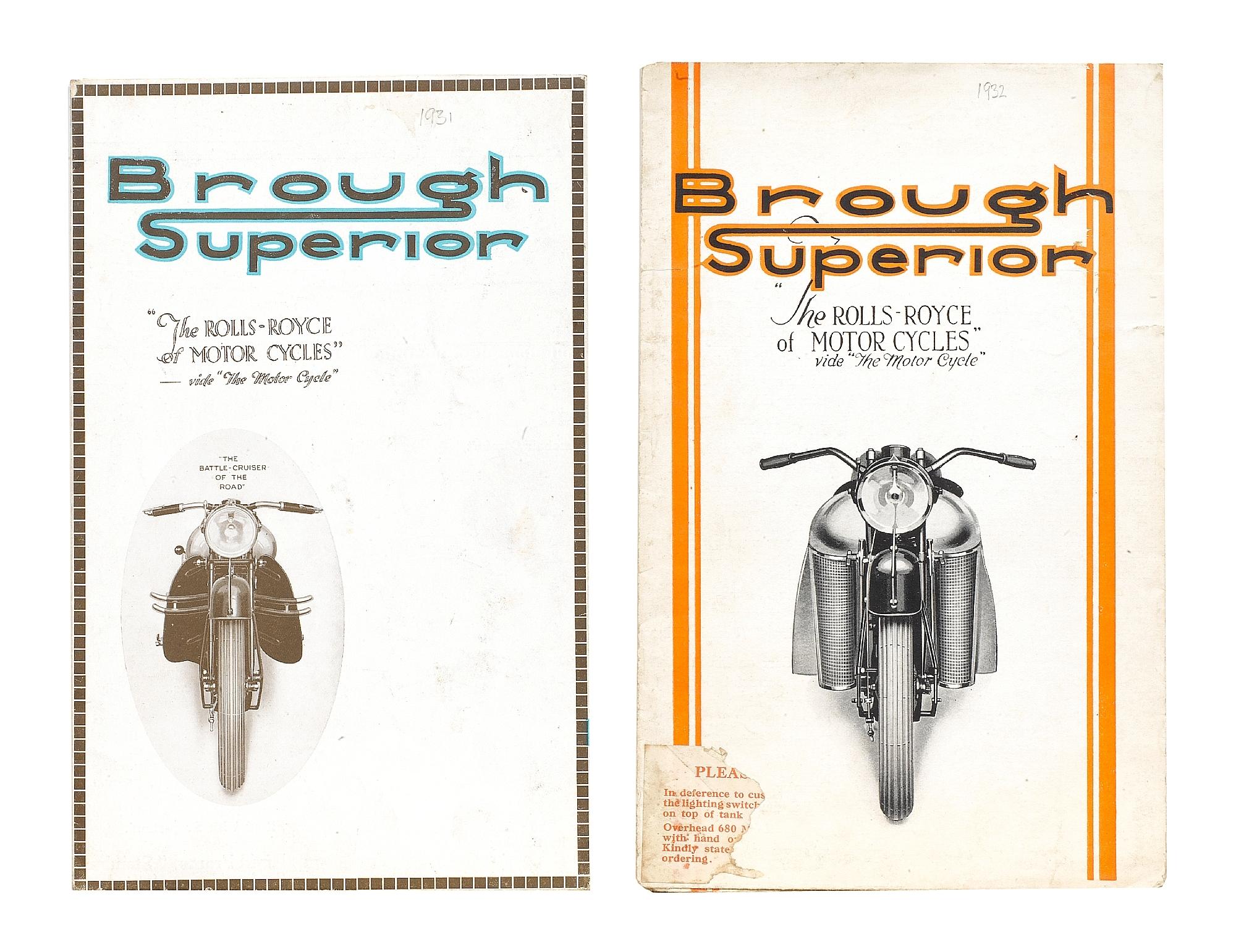
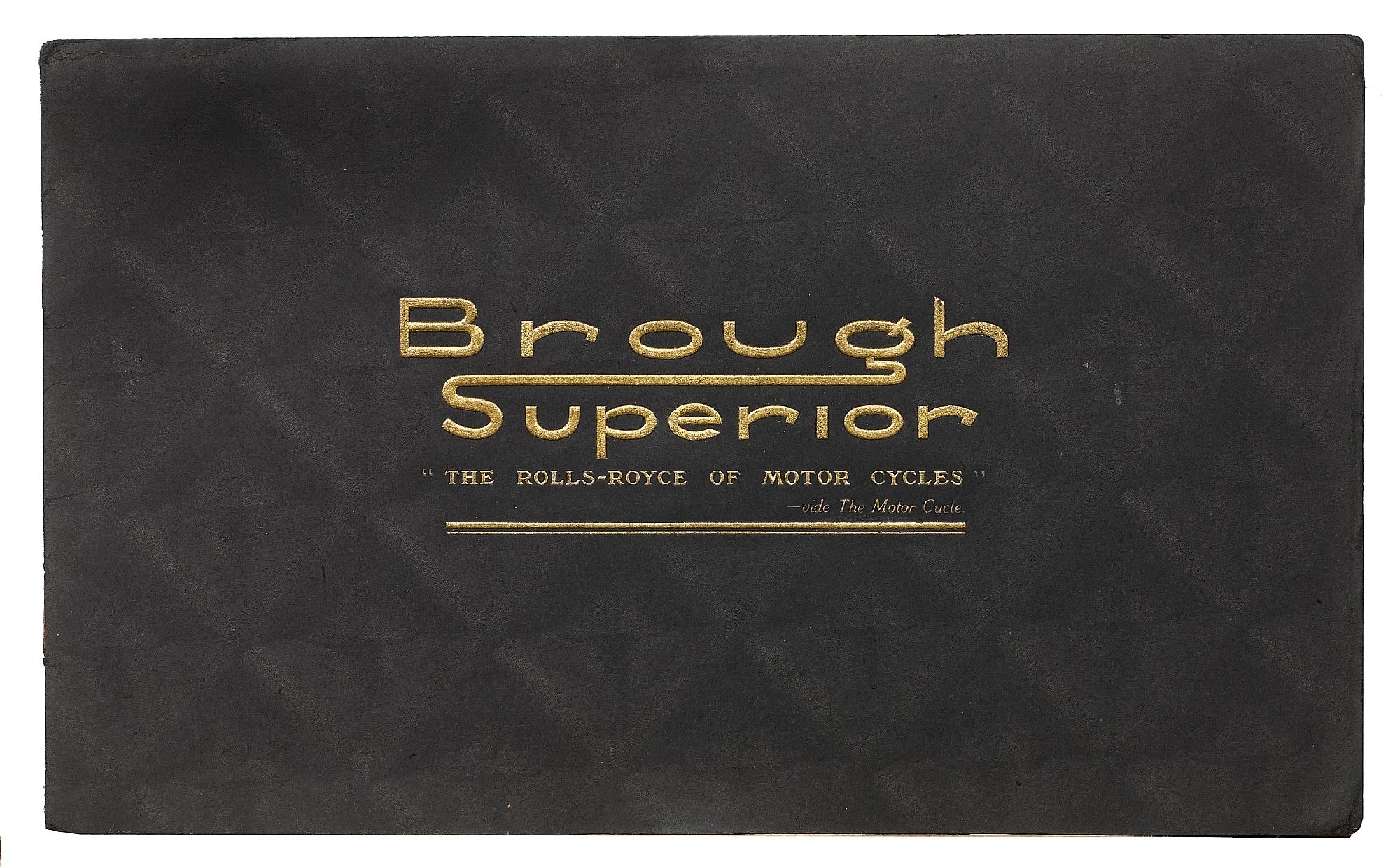
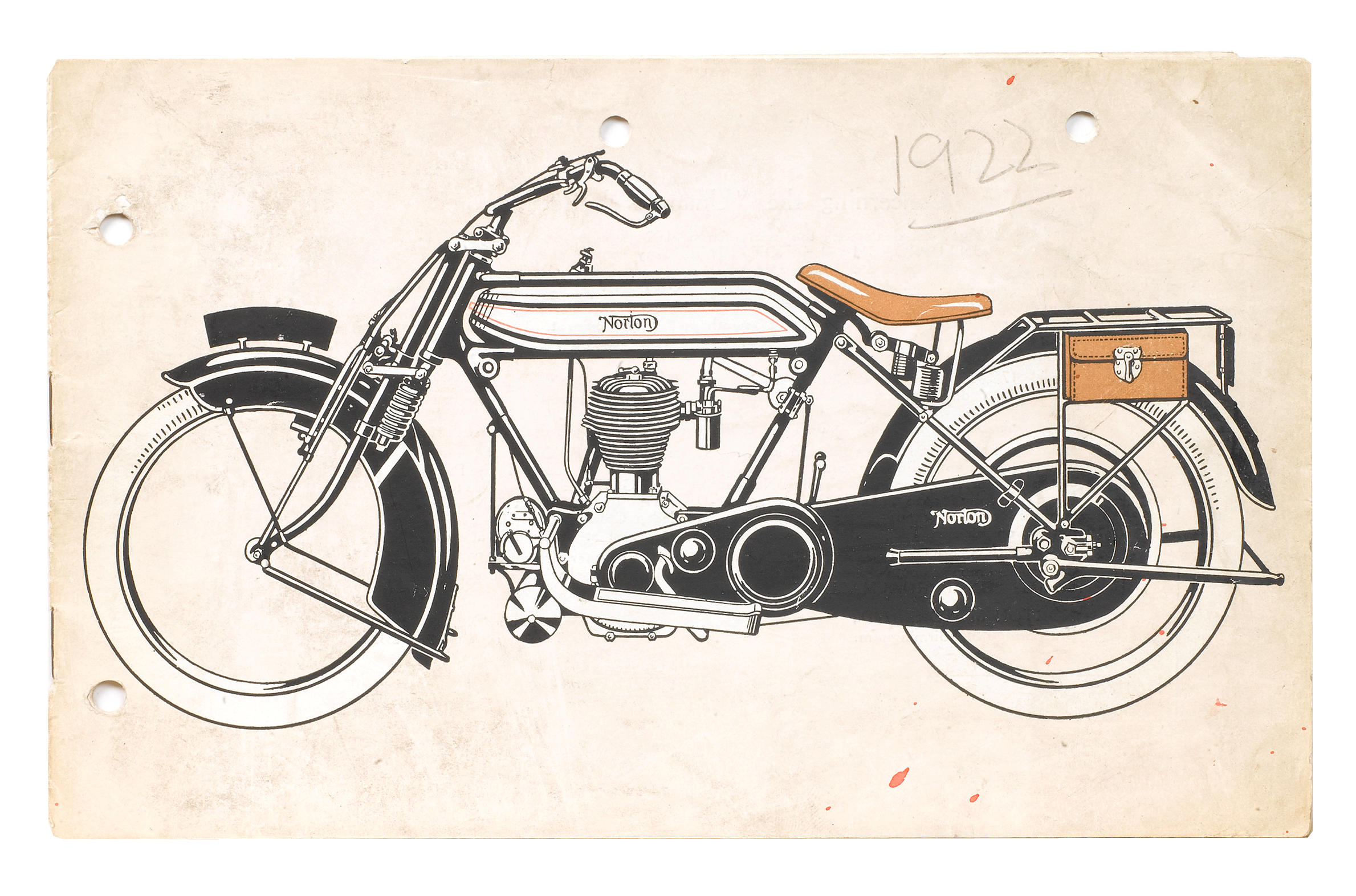
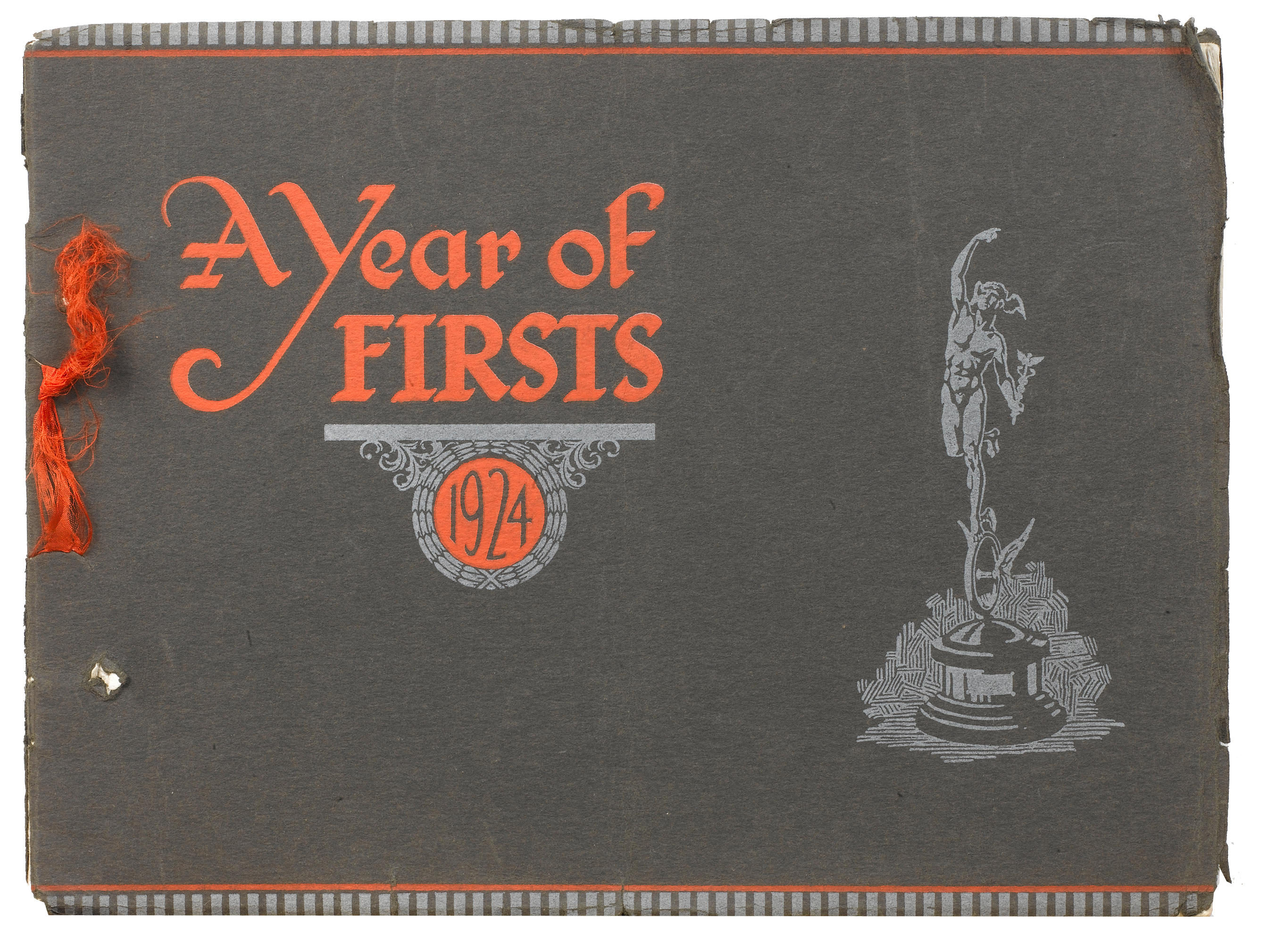
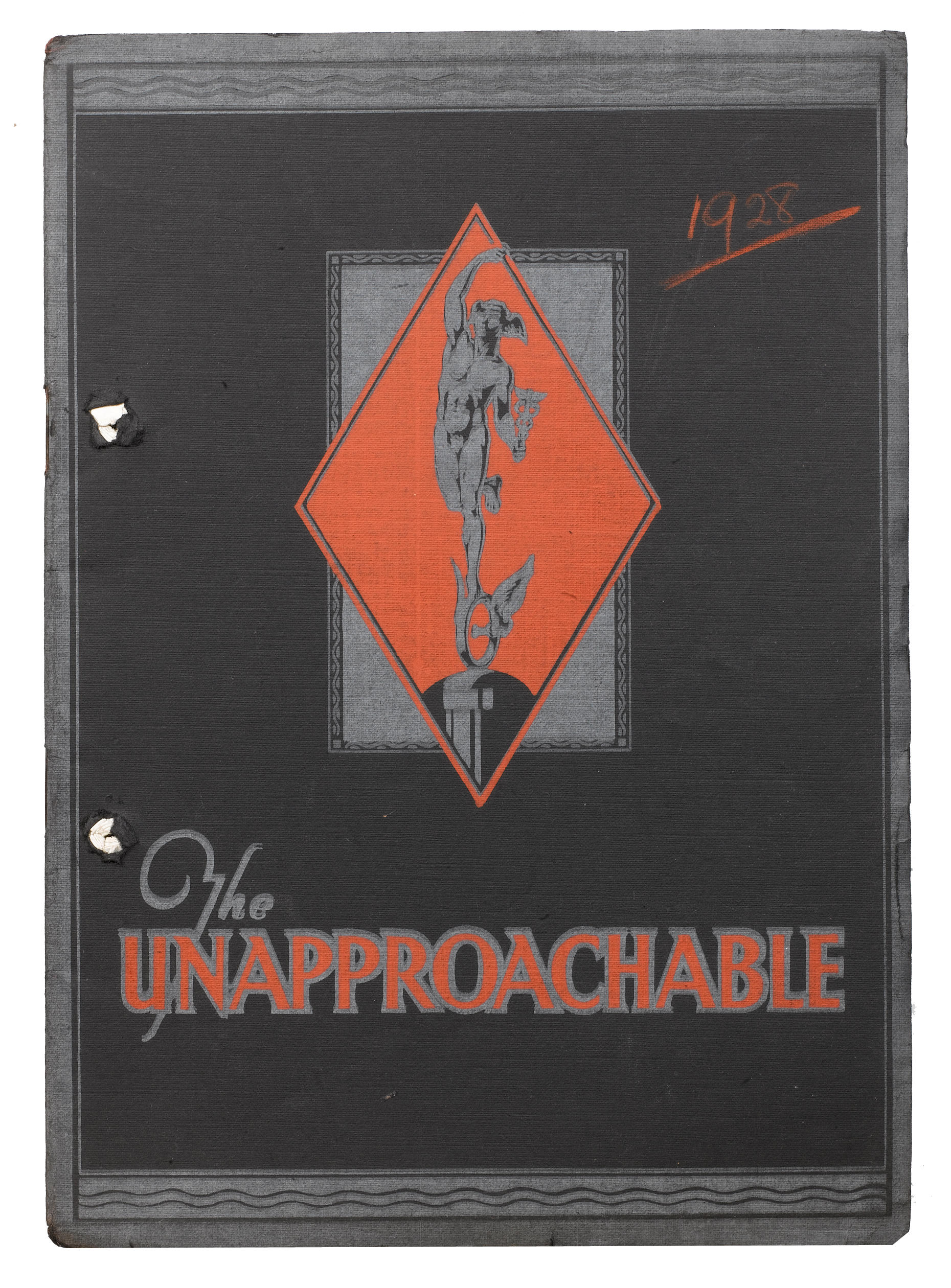
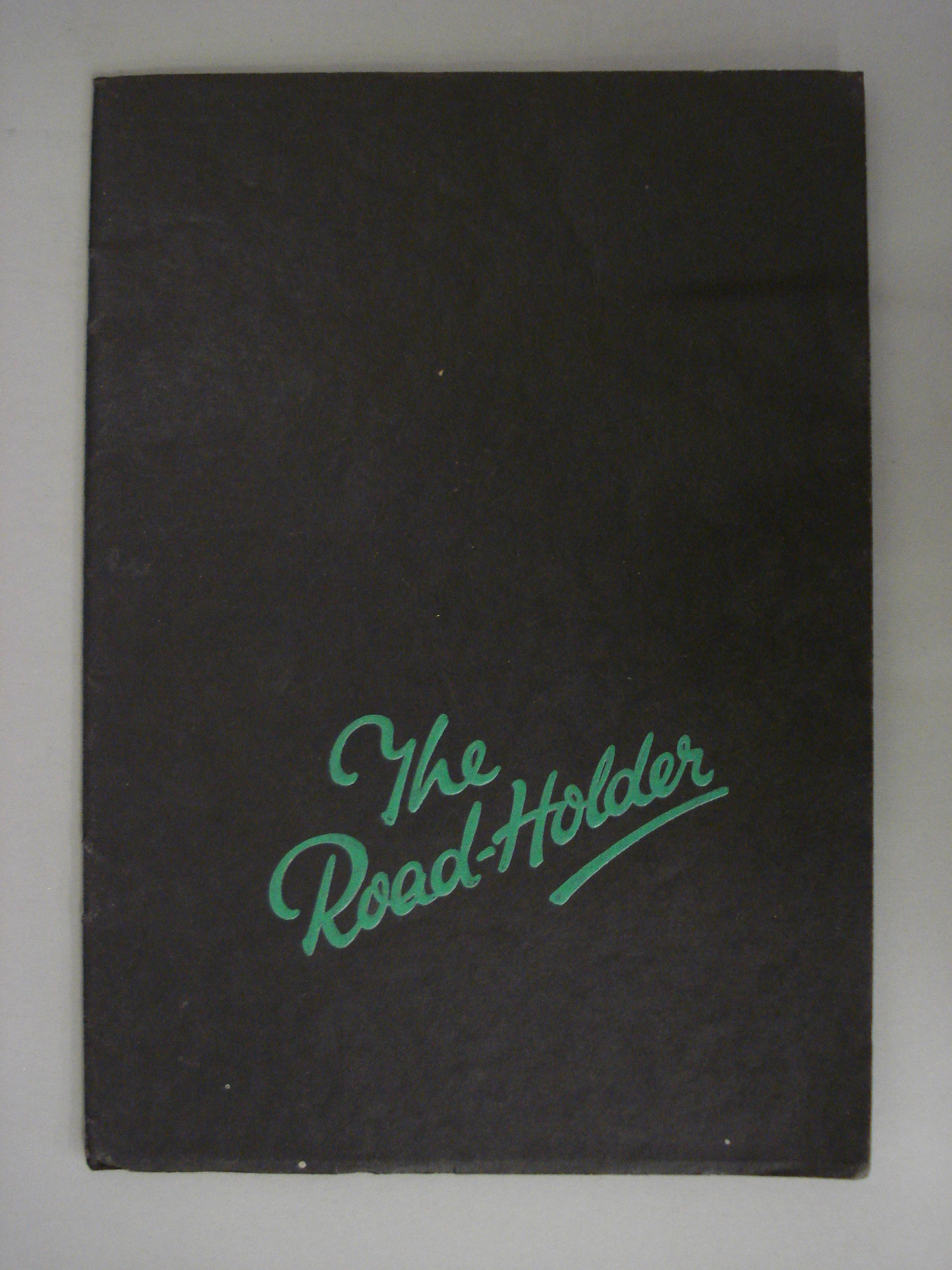
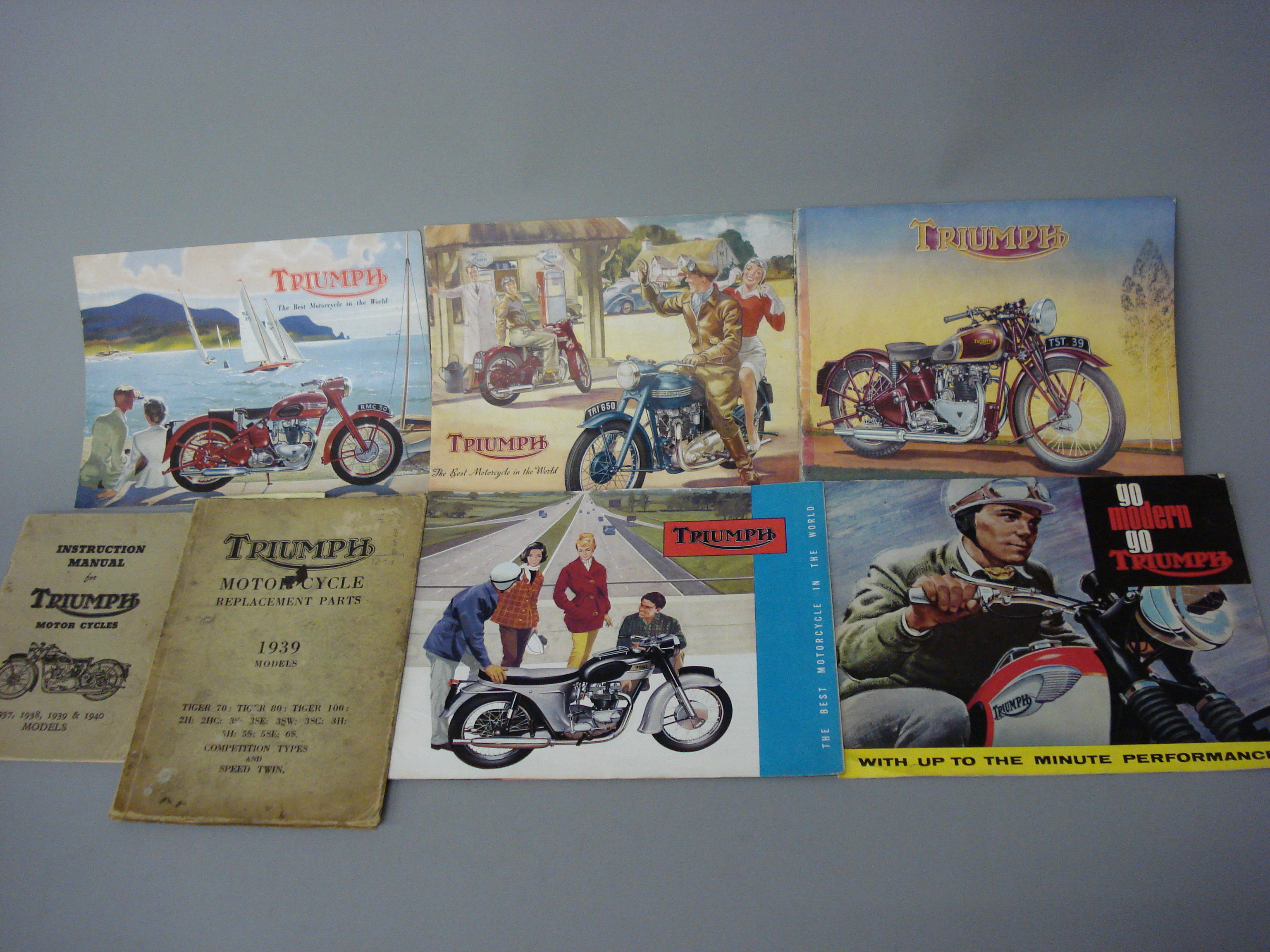
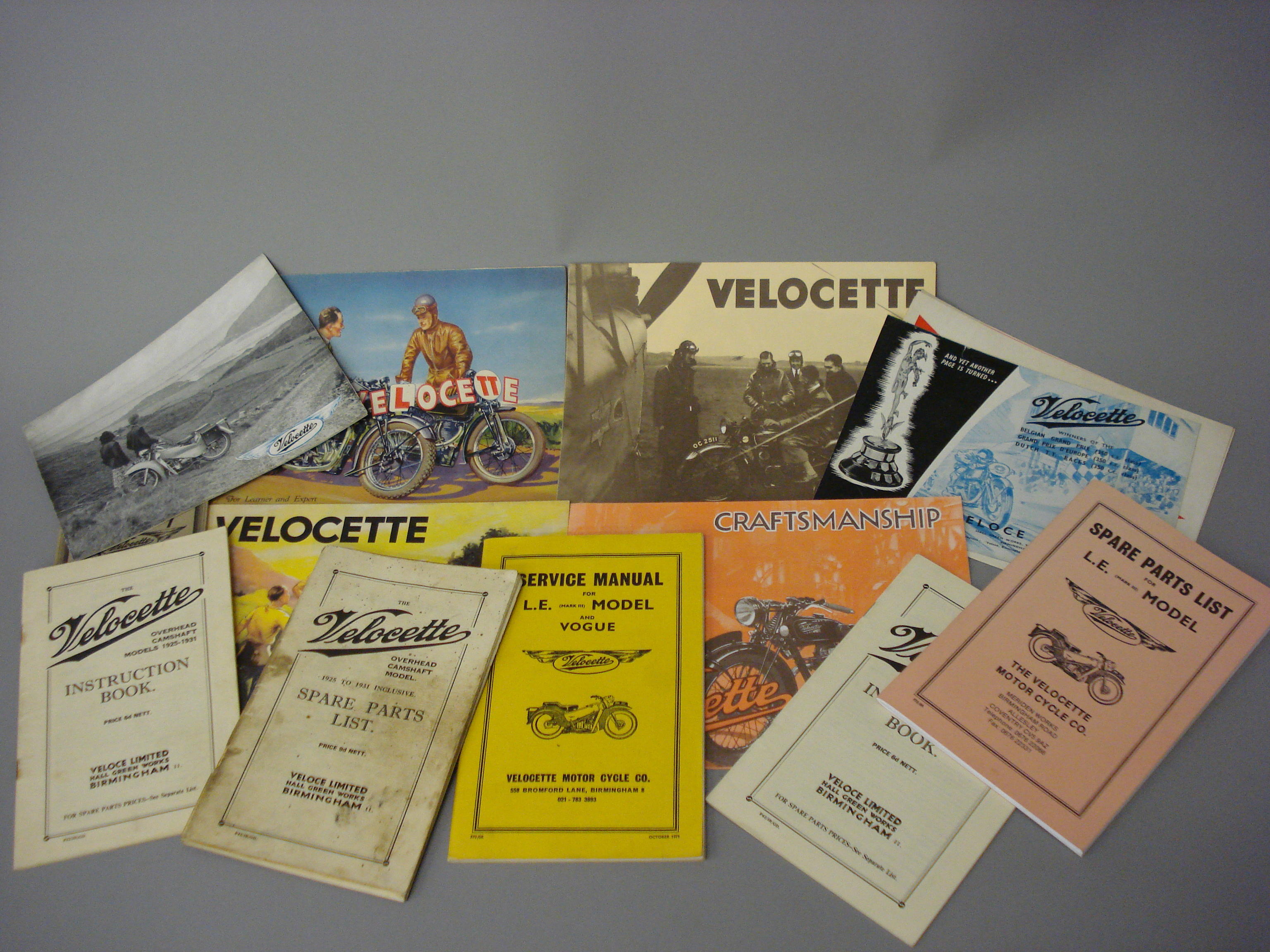


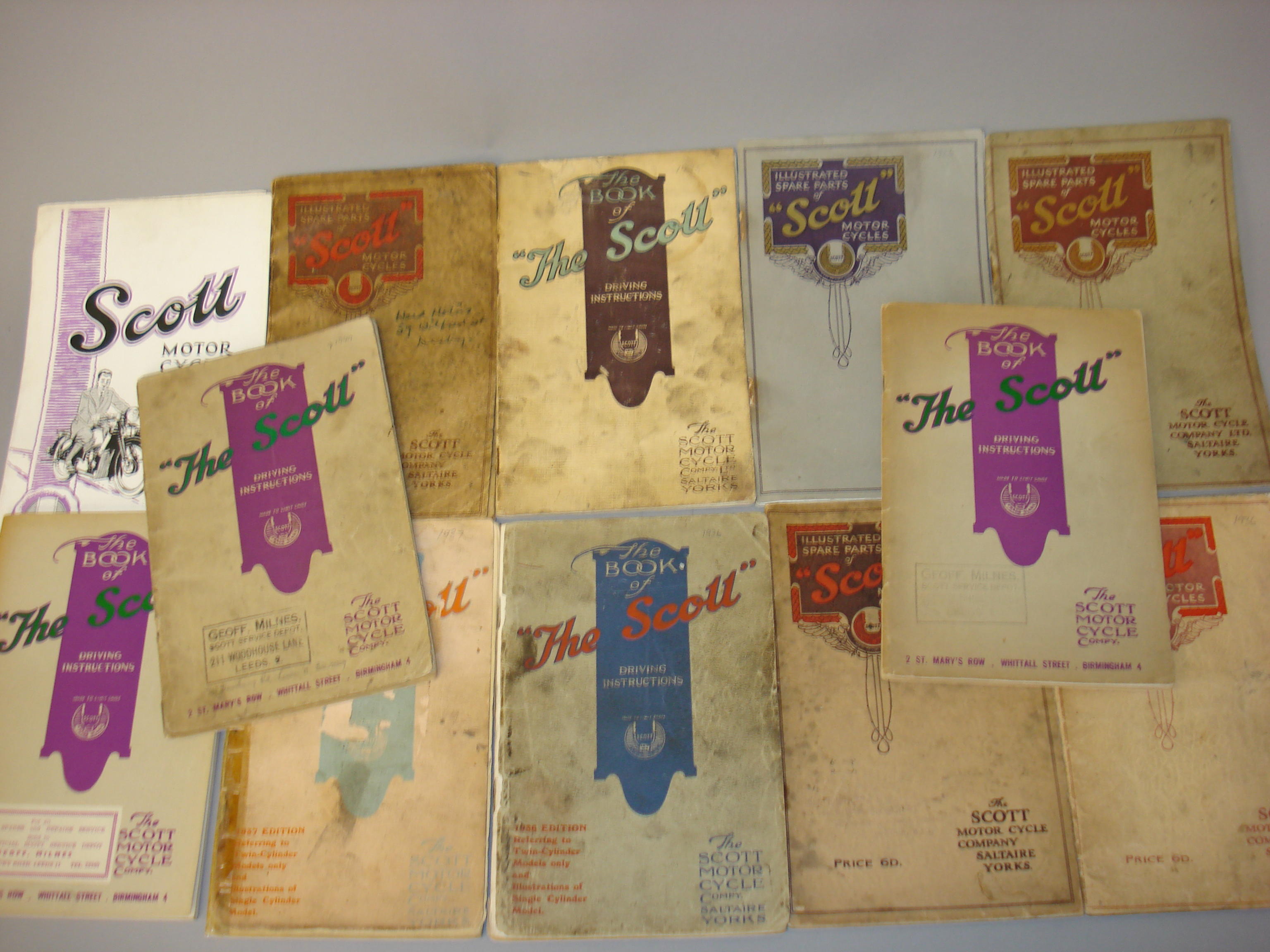
Testen Sie LotSearch und seine Premium-Features 7 Tage - ohne Kosten!
Lassen Sie sich automatisch über neue Objekte in kommenden Auktionen benachrichtigen.
Suchauftrag anlegen